
In the vast expanse of water, amidst the ebb and flow of waves, there exists a chilling reality: drowning makes no noise. It’s a phenomenon that defies our expectations, shattering the dramatic portrayals we often see in movies and television shows. But why does such a desperate struggle unfold in silence? Let’s delve into the depths of this enigma.
Picture this: a tranquil beach at sunset, the gentle lull of the waves washing ashore. It’s a scene of serenity, yet beneath the surface lies a world of chaos and turmoil. When someone is drowning, there are no frantic cries for help, no dramatic thrashing of limbs—just a silent struggle against the relentless force of water.

The reason for this silence lies in the physiology of drowning itself. When water floods the airway, it prevents the victim from breathing, effectively cutting off their ability to vocalize. As a result, there are no screams for help, no shouts of desperation—only the silent gasping for air as the body fights to stay afloat.
But beyond the physical limitations, there is a psychological aspect to the silence of drowning. In moments of crisis, our instinct is to conserve energy and focus on survival. In the midst of a struggle for life, there is little room for vocalization or expression. Instead, the mind is consumed by primal urges, driving the body to do whatever it takes to stay alive.
This silent struggle stands in stark contrast to the dramatic portrayals we often see in popular media. In movies and television shows, drowning is depicted as a chaotic, tumultuous event, filled with screams and splashes. But the reality is far more subdued—a quiet battle fought beneath the surface, where every second counts and every breath is a precious commodity.
Understanding the silent nature of drowning is crucial for recognizing the signs and symptoms of someone in distress. It’s not always easy to spot a drowning victim, especially when they make no noise and exhibit little movement. That’s why it’s essential to stay vigilant and keep a watchful eye on those in or near the water, especially children and inexperienced swimmers.
So, what can we do to prevent drowning and ensure the safety of ourselves and others? First and foremost, education is key. Learning how to swim and practicing water safety techniques can greatly reduce the risk of drowning. Additionally, always swim in designated areas supervised by lifeguards, and never underestimate the power of water—even calm, shallow waters can pose a threat.

But perhaps the most important lesson to take away from the silent depths of drowning is the value of vigilance and awareness. By staying alert and attentive to our surroundings, we can help prevent tragedies and ensure that everyone can enjoy the water safely. After all, in the quiet struggle of drowning, every moment matters, and every life is worth saving.





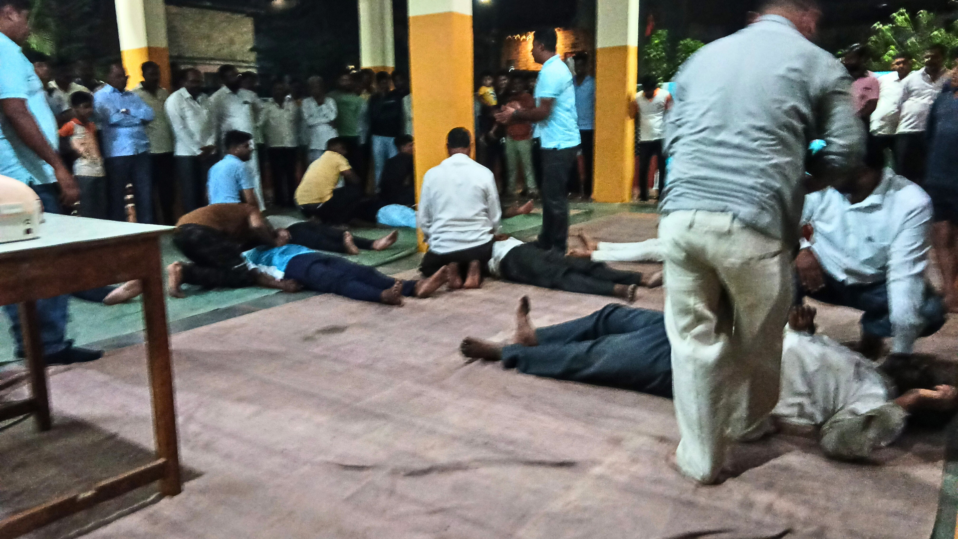
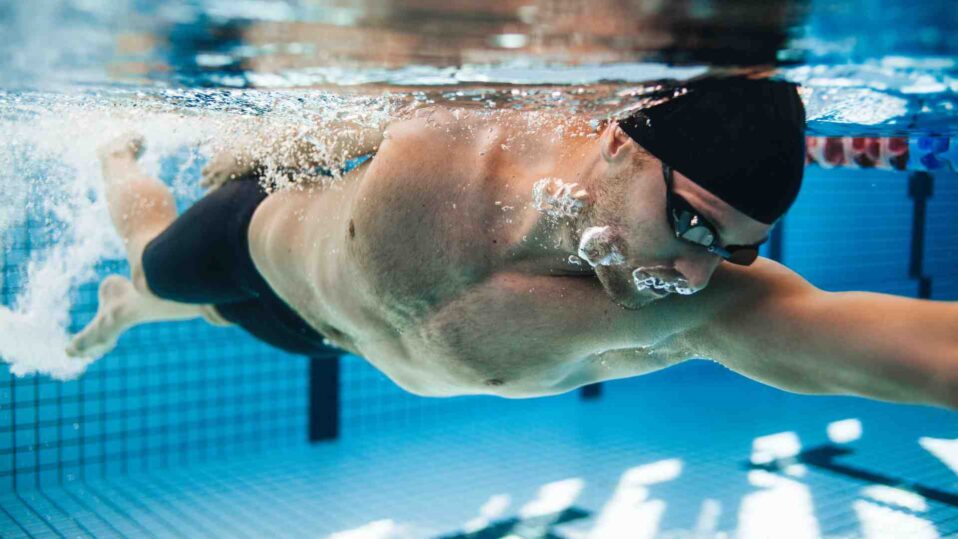
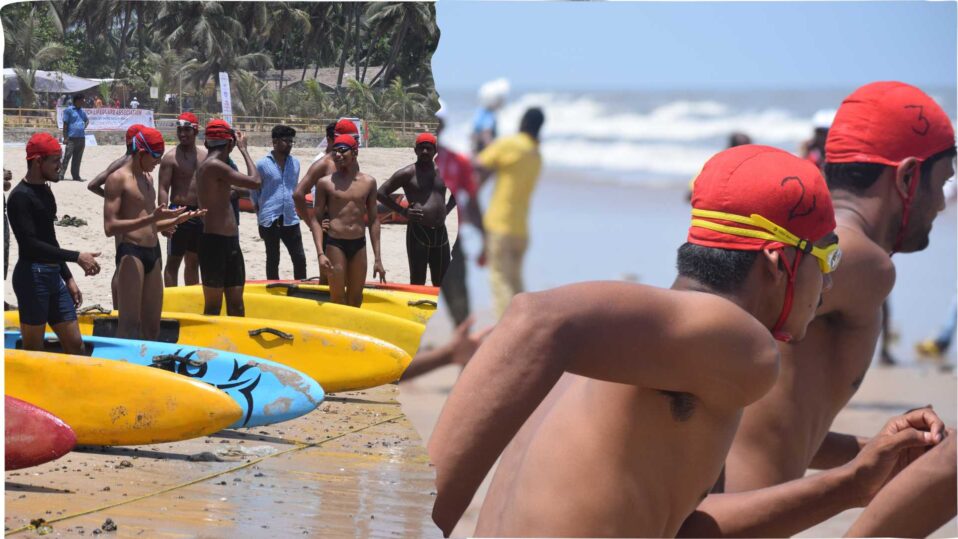
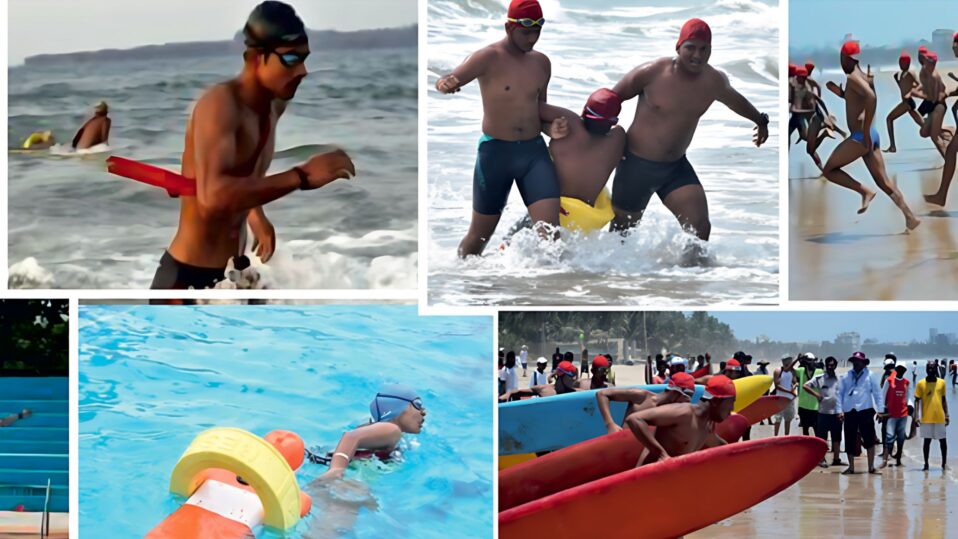
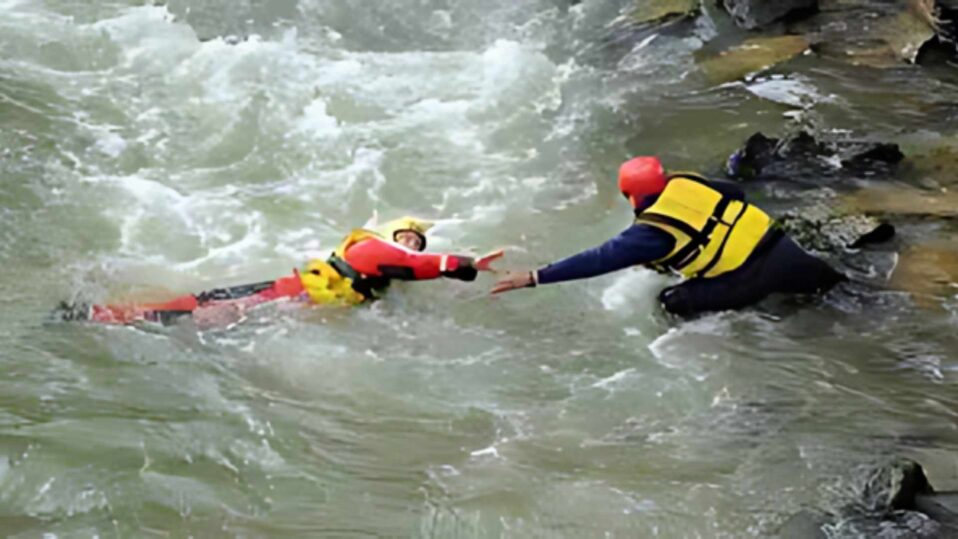
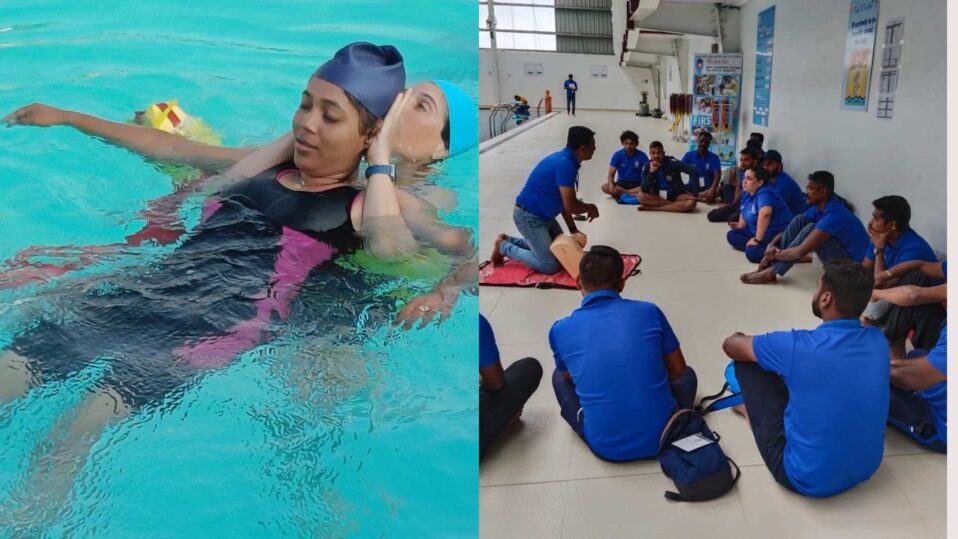


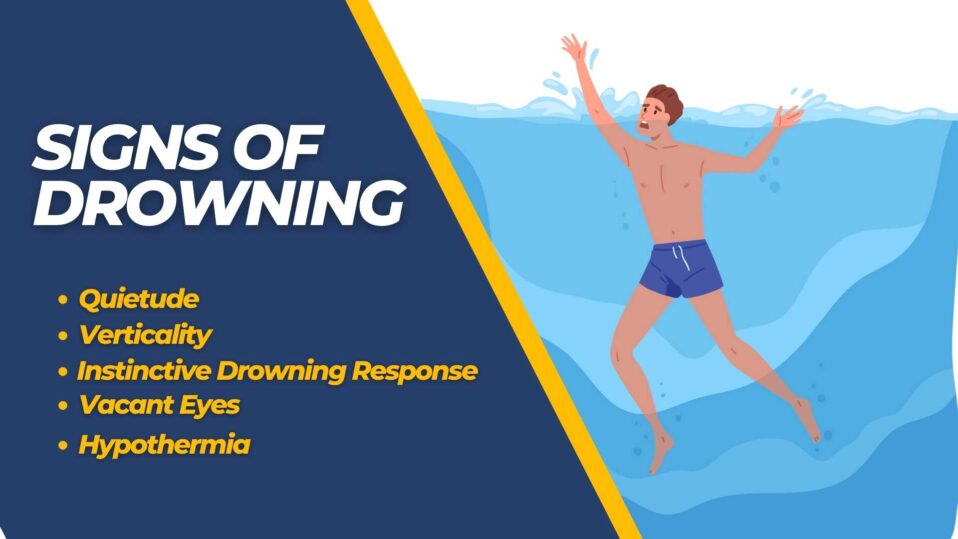
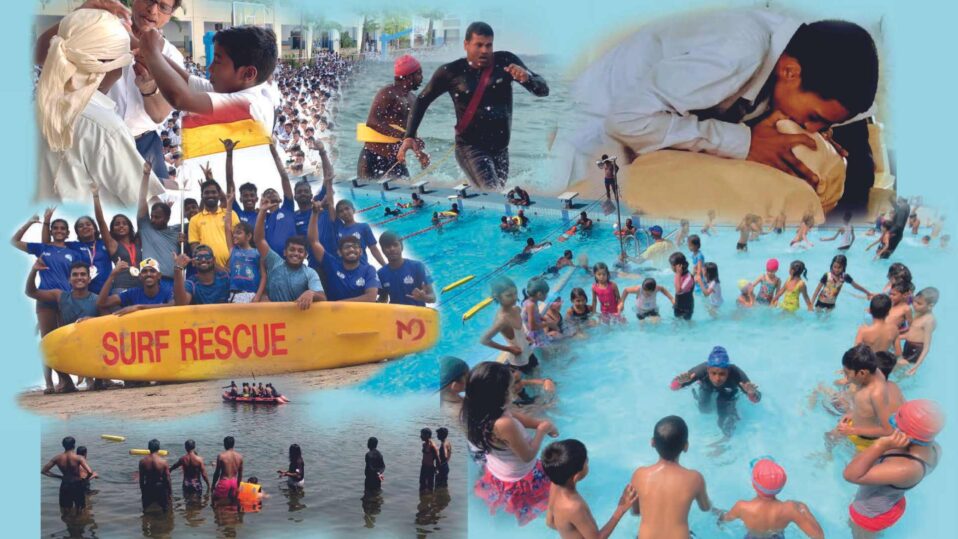


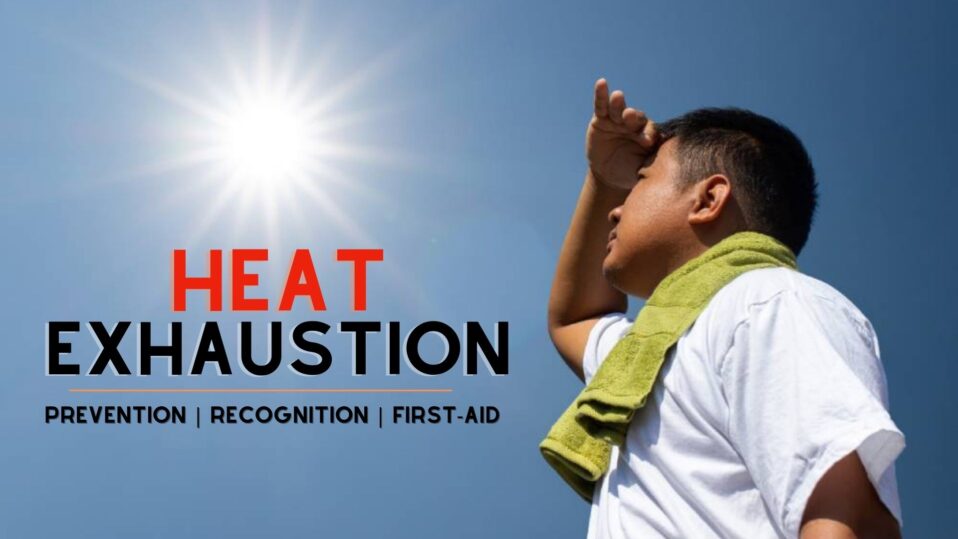
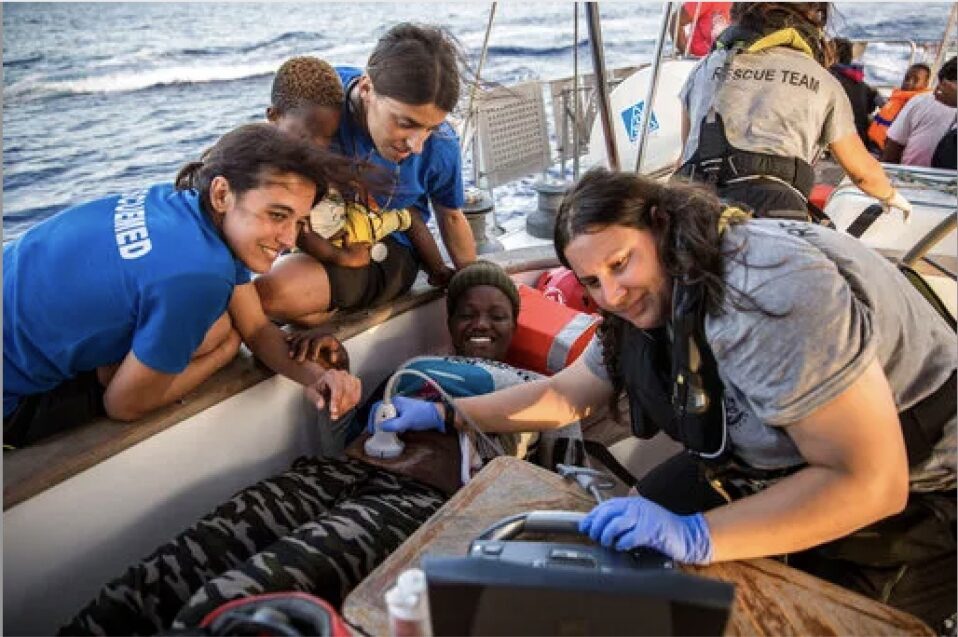
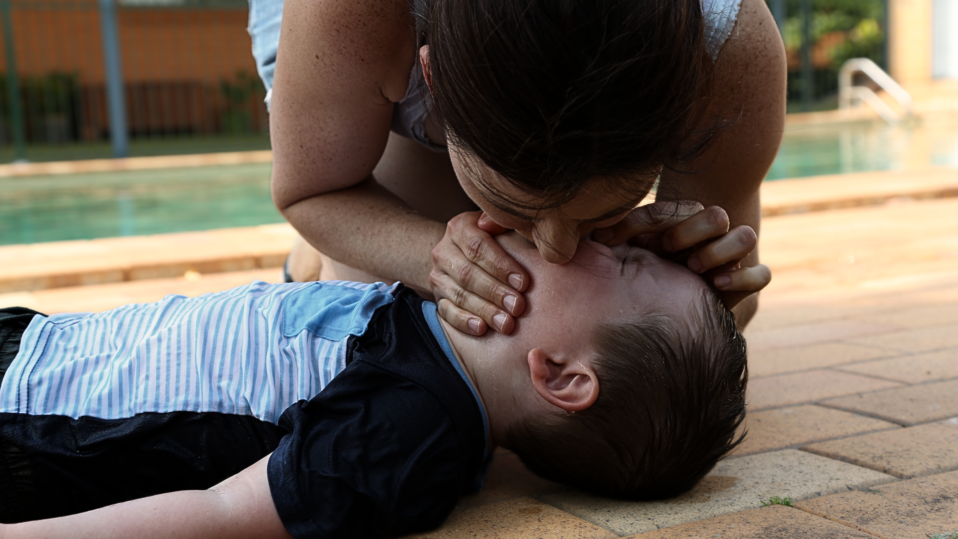
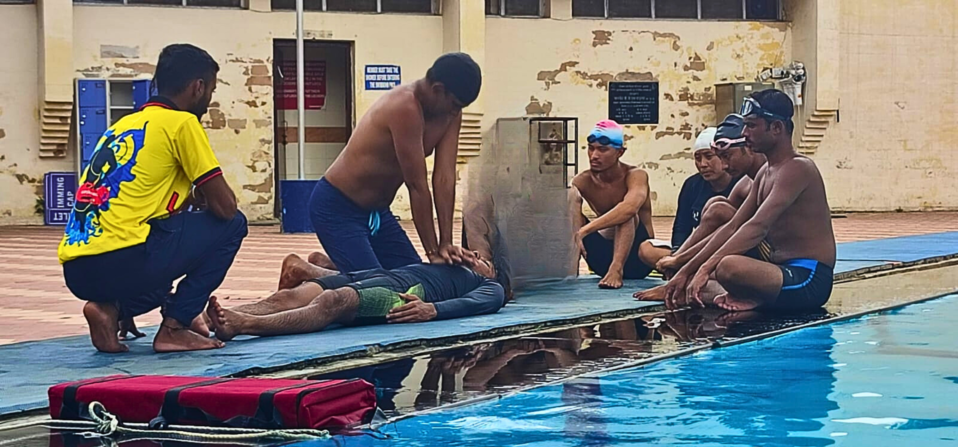
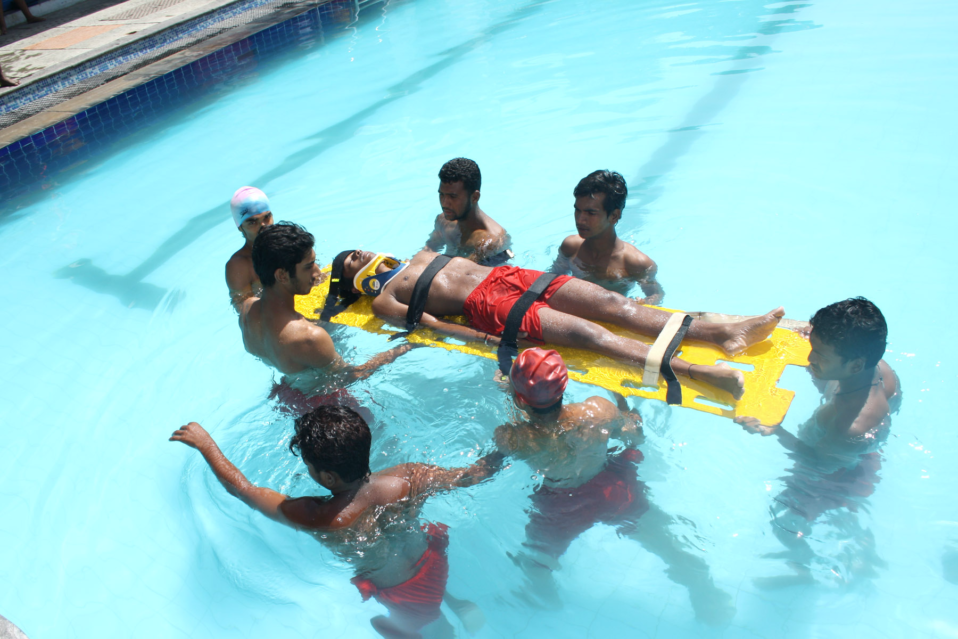
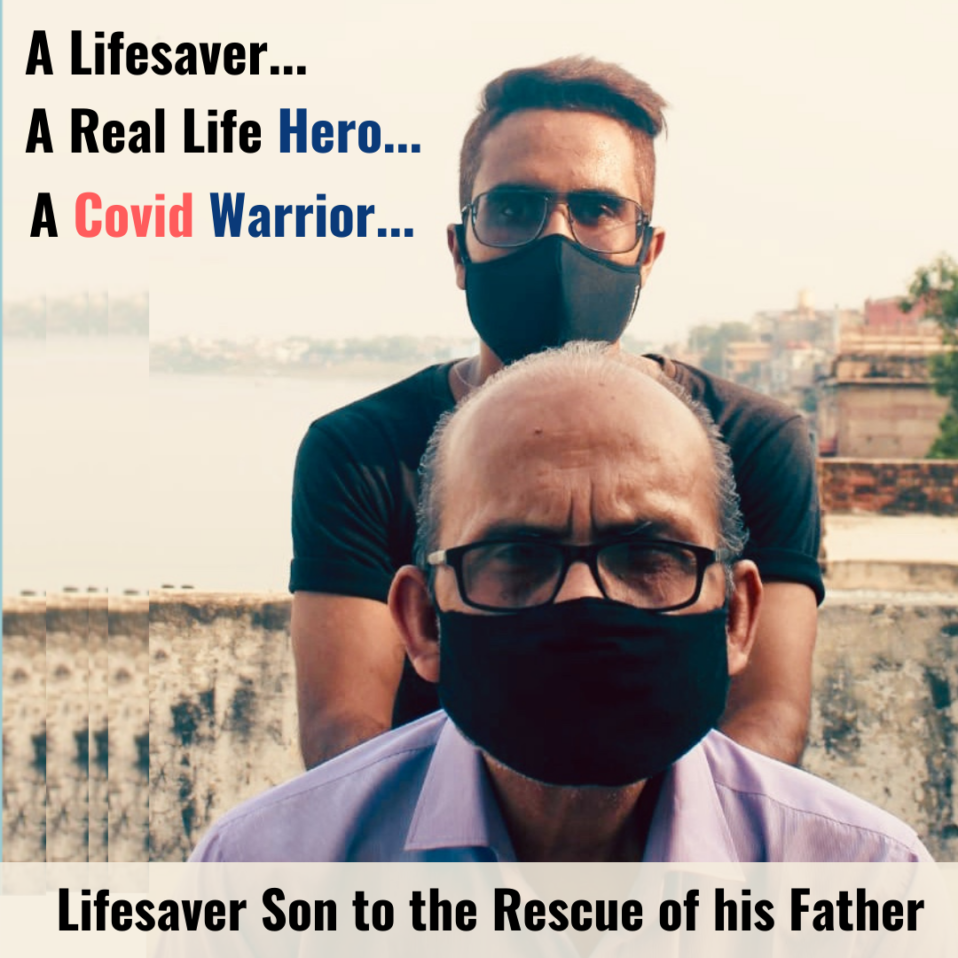


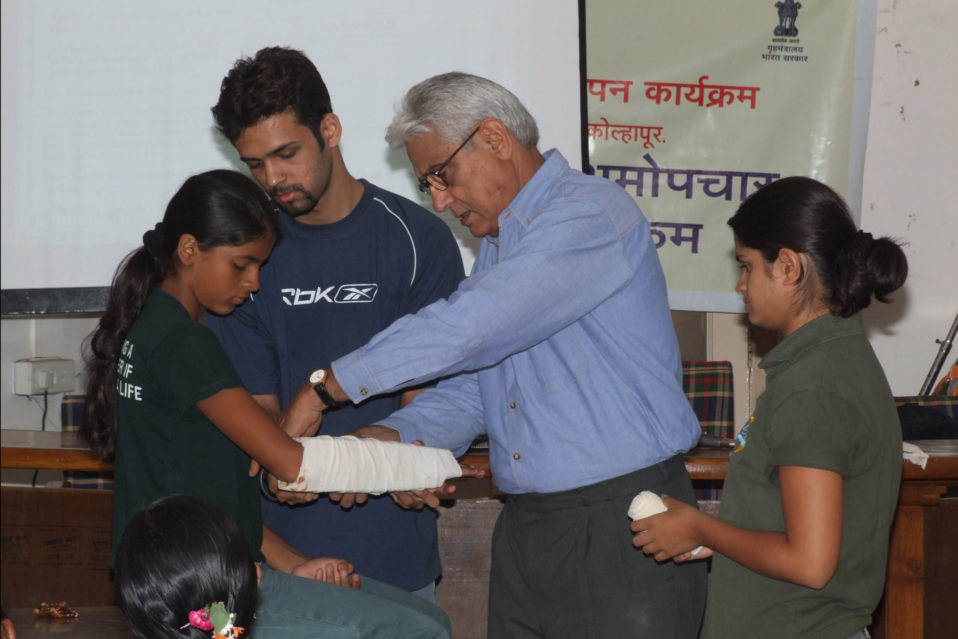
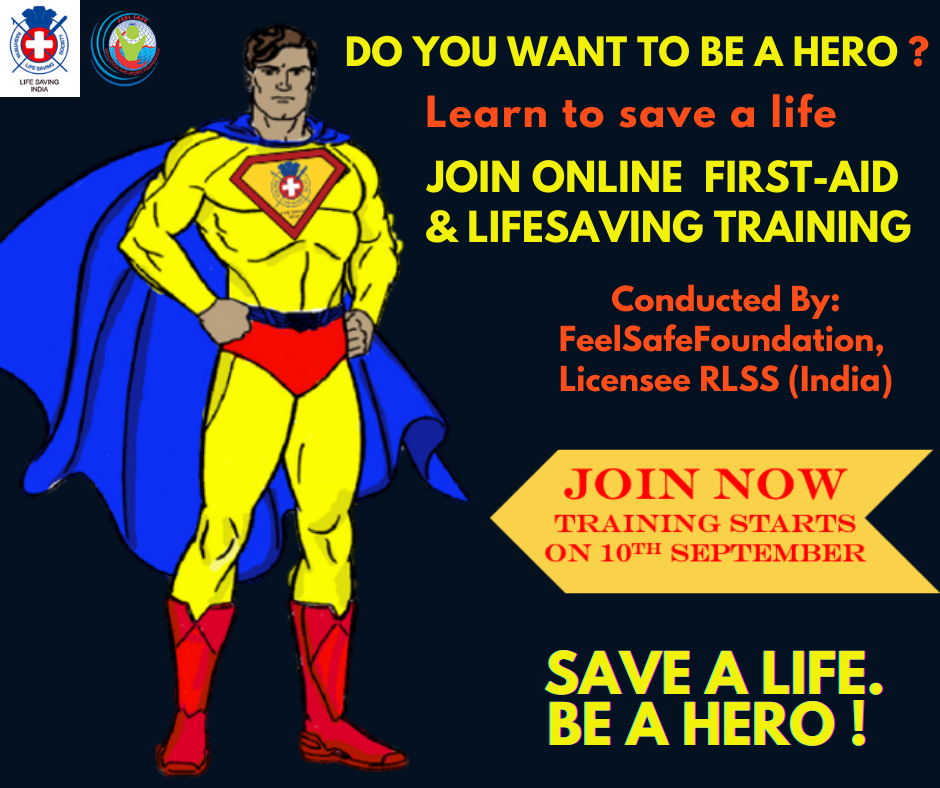

Post a comment